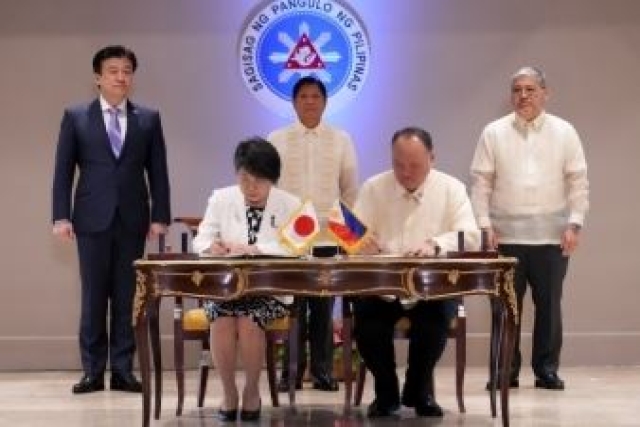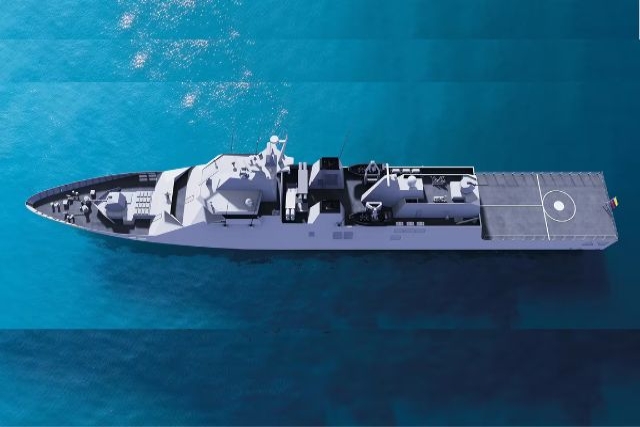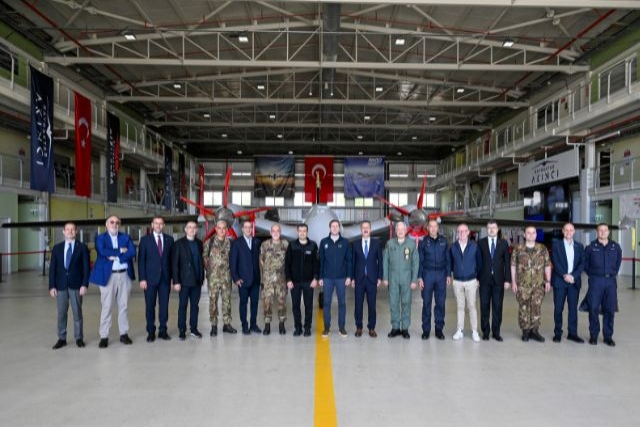Japanese Troops Could be Deployed in Philippines Under New Tokyo-Manila Agreement
The pact signed on Monday enables Japanese troop deployments and facilitates joint military exercises and disaster relief operations

Japan and the Philippines signed a Reciprocal Access Agreement (RAA) on Monday, enabling enhanced defense cooperation and Japanese troop deployments to the Philippines.
The agreement was signed after high-level meetings in Manila between Japan’s Foreign Minister Yoko Kamikawa, Defense Minister Minoru Kihara, and Philippine President Ferdinand Marcos Jr.
The RAA, subject to parliamentary approval, enables Japanese troops to be deployed to the Philippines, facilitating larger-scale joint military exercises and granting Japan's Self-Defense Forces (SDF) enhanced access to Philippine bases, potentially even enabling rotational deployments. The agreement streamlines procedures for joint training, disaster relief operations, and the transportation of military equipment between the two nations, while also stipulating jurisdiction in the event a service member commits a crime or causes an accident in the other’s country.
The visiting-forces agreement is Japan’s first with a Southeast Asian nation and its fourth globally, following its 1960 Status of Forces Agreement with the U.S., and its RAAs with Australia in 2022 and the U.K. last year. Tokyo is in talks with France to sign a similar agreement.
The RAA's strategic importance is heightened amidst regional tensions, particularly China's assertive actions in disputed waters near Philippine and Japanese territories. Analysts suggest the agreement will expedite deployments during crises and bolster trilateral cooperation with the United States and possibly Australia.
The Philippines' strategic position near Taiwan and vital sea lanes in the South China Sea renders it a strategic asset for the U.S. and its allies, bolstering their ability to respond effectively to regional crises. This underscores the critical importance for Tokyo and Washington to enhance defense relations with Manila as part of their efforts to deter and counter Beijing's influence in the region.
The RAA might also enable Japanese surface-to-ship missile units to train with U.S. offensive systems like HIMARS and new midrange missiles on Luzon Island, pending Japanese political considerations.
Additionally, it could facilitate joint exercises between Japan's Amphibious Rapid Deployment Brigade and U.S. Marines or special forces using ground-launched loitering munitions and electronic warfare-capable drones. This capability could establish a denial zone from northern Philippines to southern Taiwan, part of Adm. Samuel Paparo's envisioned 'hellscape' posing risks to Chinese naval vessels navigating the Bashi Channel.









